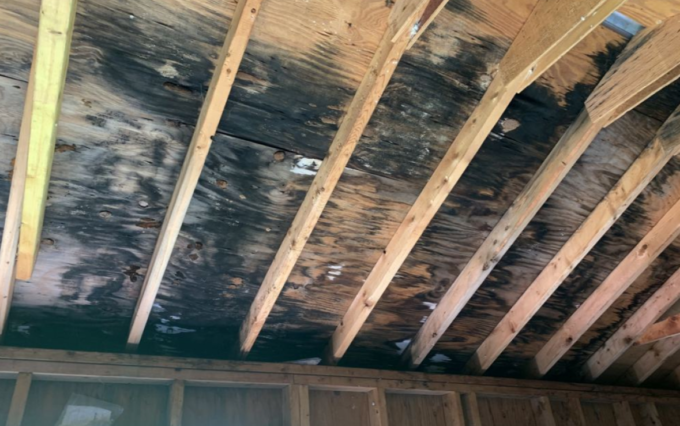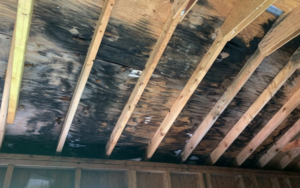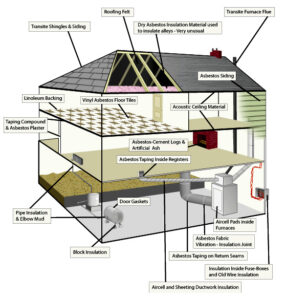Mold in attics, particularly on the underside of roof sheathing, is a common issue for homeowners. This article explores the causes of attic mold, effective mitigation strategies, and important facts about mold varieties.
Presence of Mold on Roof Sheathing
Mold on the underside of roof sheathing in an attic is often due to moisture problems. Mold requires moisture, warmth, and organic material to thrive. The roof sheathing, typically made of wood, provides the perfect environment when moisture is present.

Likely Causes of Mold in an Attic
1. Poor Ventilation: Inadequate ventilation traps moisture-laden air, promoting mold growth. Proper ventilation allows for the circulation of air, reducing humidity levels.
2. Roof Leaks: Leaks in the roof allow water to seep into the attic, creating a damp environment conducive to mold.
3. Condensation: Condensation occurs when warm, moist air meets the cooler surfaces of the roof sheathing. This can happen due to poor insulation or improper ventilation.
4. Bathroom and Kitchen Vents: Vents that terminate in the attic instead of outside can introduce excess moisture into the space, leading to mold.
Mitigating Mold in an Attic
To mitigate mold in an attic, address the underlying moisture issues and clean existing mold.
1. Improve Ventilation: Ensure your attic has proper ventilation. Install soffit, ridge, or gable vents to facilitate air circulation.
2. Repair Roof Leaks: Inspect your roof regularly for leaks and repair any damage promptly to prevent moisture intrusion.
3. Insulate Properly: Adequate insulation helps maintain consistent temperatures and reduces the risk of condensation.
4. Redirect Vents: Ensure bathroom and kitchen vents terminate outside, not in the attic.
5. Use Household Bleach, Hydrogen Peroxide, or White Vinegar: To clean existing mold, you can use a simple household solution. For example, mix one cup of bleach with one gallon of water. Spray the affected area and scrub with a brush. Always wear protective gear, such as gloves and a mask, during this process. Chemical Mold Cleaners are also available online or your local hardware store.
Facts About Mold: Toxic Mold and Varieties
Contrary to popular belief, there is no specific species called “toxic mold.” Many mold varieties exist, and most are not harmful. According to the Centers for Disease Control and Prevention (CDC), there are over 100,000 mold species. Only a few produce mycotoxins that can be harmful to humans . Even those that produce mycotoxins do so under specific conditions, and the vast majority of molds found in homes are not dangerous.
Common Types of Household Mold:
- Cladosporium: Often found on wood and textiles.
- Penicillium: Common on materials damaged by water.
- Aspergillus: Found in damp, warm environments.
While mold can cause allergies and respiratory issues in sensitive individuals, it is not inherently toxic.
Conclusion
Mold on the underside of roof sheathing in an attic is typically caused by moisture issues such as poor ventilation, roof leaks, and condensation. Mitigating mold involves addressing these moisture problems and cleaning existing mold with a bleach solution. Understanding that most mold varieties are not harmful and taking proactive steps can help maintain a healthy home environment. For further information, consult resources such as the CDC and EPA for comprehensive guidelines on mold management.
By following these steps, homeowners can effectively manage and prevent mold in their attics, ensuring a safe and healthy living space.










